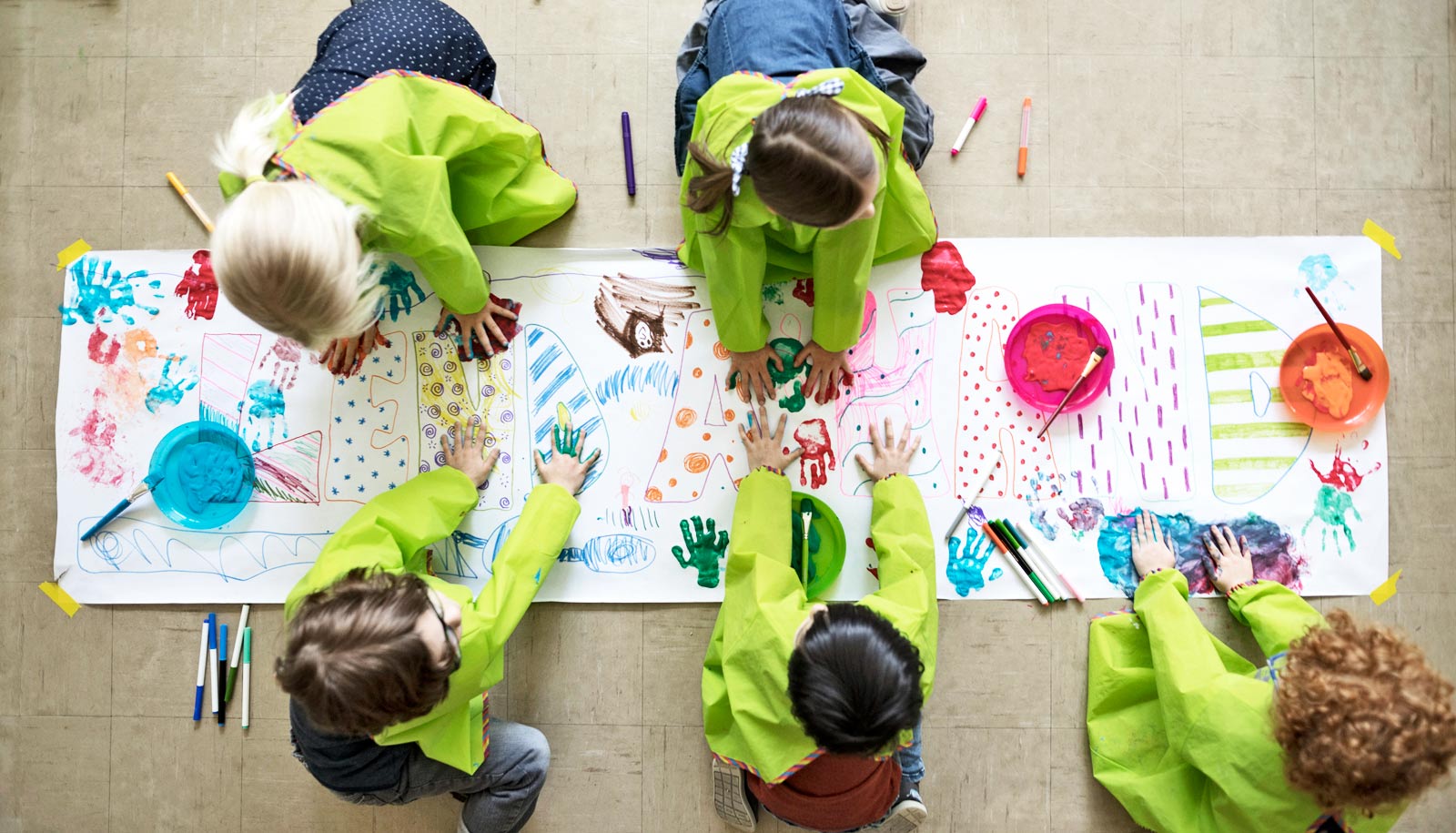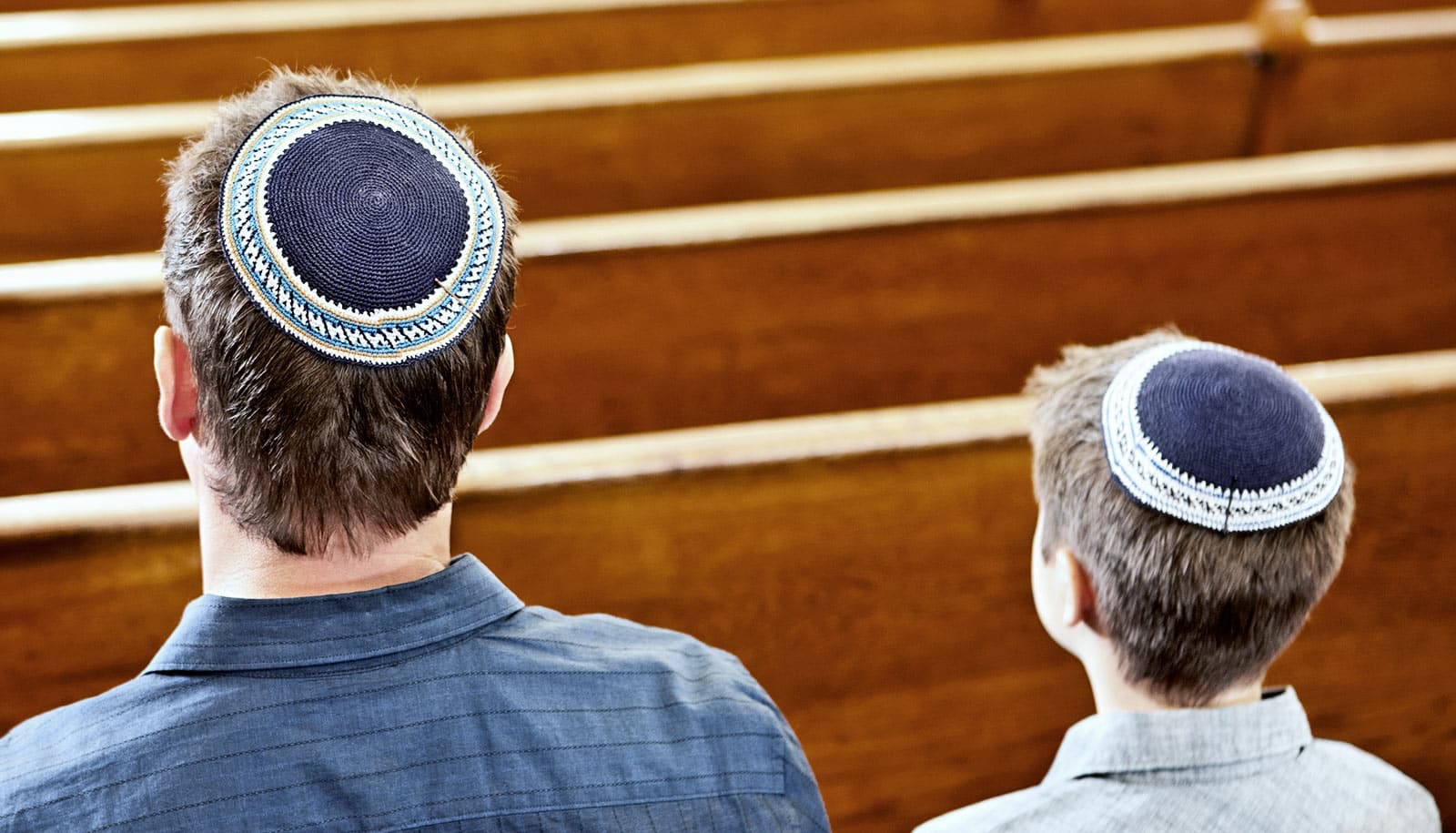Hebrew and Jewish day schools could use the following research-based methods and techniques to improve instruction, say researchers.
In Advancing the Learning Agenda in Jewish Education (Academic Studies Press, 2018), researchers argue that the Jewish education system needs to adopt a more rigorous and serious approach to learning.
Here are some of the key recommendations from the book, which Jon A. Levisohn, director of Brandeis University’s Mandel Center edited with Jeffrey Kress of the Jewish Theological Seminary of America:
1. Go back to the original texts
Carnegie Mellon University’s Daniel Resnick of Carnegie Mellon University and Lauren Resnick of the University of Pittsburgh lament the preference for textbooks over texts, a trend in secular education that they say Jewish schools have followed.
By directly engaging with the Torah, Midrash, and Talmud, among other texts, students learn to interpret difficult works, discuss and argue over them with peers, and explain and reflect on their own reasoning.
2. Borrow techniques from the ultra-Orthodox
The Hebrew University of Jerusalem’s Baruch Schwarz spent extensive time interviewing and observing students at ultra-Orthodox yeshivas and came away impressed. Rather than rote memorization or indoctrination, he found the students engaged in lively and sometimes heated discussions over the meaning of the Torah, Talmud, Midrash, and other sacred texts. Students worked in groups, resulting in a sense of autonomy, independence, and pride in their results.
Schwarz also found much to admire in the ultra-Orthodox students’ embrace of learning “purely for its own sake…The value of Torah study stems from its contribution to human improvement. It is seen as the natural way to promote human development and perfection.”
3. Don’t forget spirituality
Jewish schools, write Harvard Medical School’s Gil Noam and the Jewish Theological Seminary’s Jeffrey Kress, should be about educating the whole person. This means exploring the social and emotional elements of Jewish texts and history, encouraging tikkun olam activities, and teaching in informal settings.
Noam and Kress also stress the importance of prayer, which, they say, “can allow participants moments of individual reflection as well as shared emotional experiences.”
4. Teach the Holocaust in its full complexity
Simone Schweber at the University of Wisconsin-Madison cautions against teaching the Shoah in terms of moral certainties. Learning about the genocide shouldn’t foster an us-versus-them mentality, she says.
Schweber also recommends teaching kids to approach the Holocaust like a historian, where moral judgments are made only after careful consideration and a full understanding of events.
“Holocaust education ought to immerse students in the ‘messiness’ of lives, to help them resist quick and easy moral judgments,” she writes.
5. Teach Judaism like you teach the sciences
Science education can be a model for Jewish learning, according to Rena Dorph and Christian Schunn at the University of California, Berkeley and the University of Pittsburgh, respectively.
Dorph and Schunn explain that teachers want science students to become fascinated with natural phenomena and appreciate the value of science. Similarly, in Jewish educational settings, instructors should focus on the goal of helping students become fascinated by Jewish culture, tradition, and practice.
In a separate chapter, Janet Kolodner from Boston College discusses how kids come to see themselves as scientists and engineers. It’s not just about learning facts or skills but altering the way students see themselves and their world.
Jewish education, too, she argues, should inspire students to think differently about who they are and how they relate to others.
The Mandel Center, a partnership between Brandeis University and the Jack, Joseph, and Morton Mandel Foundation of Cleveland, Ohio, supported the research in the book.
Source: Brandeis University



